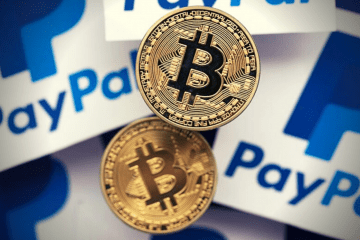Mine Crypto Using Brain Waves? Microsoft Thinks You Can
Microsoft, via its subsidiary Microsoft Technology Licensing (MTL), has made a bold crypto move by securing a patent for a mining system that uses human body activity as proof-of-work in the creation of crypto tokens.
The patent was granted by the World Intellectual Property Organization (WIPO) on March 26, roughly nine months after the tech giant filed its initial application, which is named “Cryptocurrency system using body activity data.”
The Redmond-based company describes how a crypto system’s central server could propose tasks to user devices over a communication network, using sensors to measure users’ body activity.
The filing’s authors state that the system connects user devices fitted with body sensors. These sensors would then transmit data from “body activity,” including brainwaves, blood flow through arteries and veins and other forms of movement.
All of this data would then be transmitted to a server and would be treated as proof of work, thus doing away with what it calls the “massive computation work” required by conventional cryptocurrency mining efforts.
The sensors would be extremely sophisticated and could detect not only the gamma and beta waves that humans use to learn, use memory functions and engage in logical thinking, but also the alpha waves that scientists believe are used by the subconscious mind.
The software firm’s plan involves using brain waves and body heat “emitted from the user when the user performs the task provided by an information or service provider,” and gives the example of the way that “viewing an advertisement or using certain internet services can be used in the mining process.”
A set of accompanying diagrams illustrates how the “codified body activity may be converted into an encrypted output by using an encryption algorithm, such as a hash algorithm or function,” ultimately resulting in the award of cryptoasset to the user in question.

The patent application documents do not make note of whether Microsoft would seek to make use of an existing blockchain network, or whether the software giant would look to develop its own platform.
Only time will tell if Microsoft ever decides to follow up with a real-world solution based on this unconventional patent.


